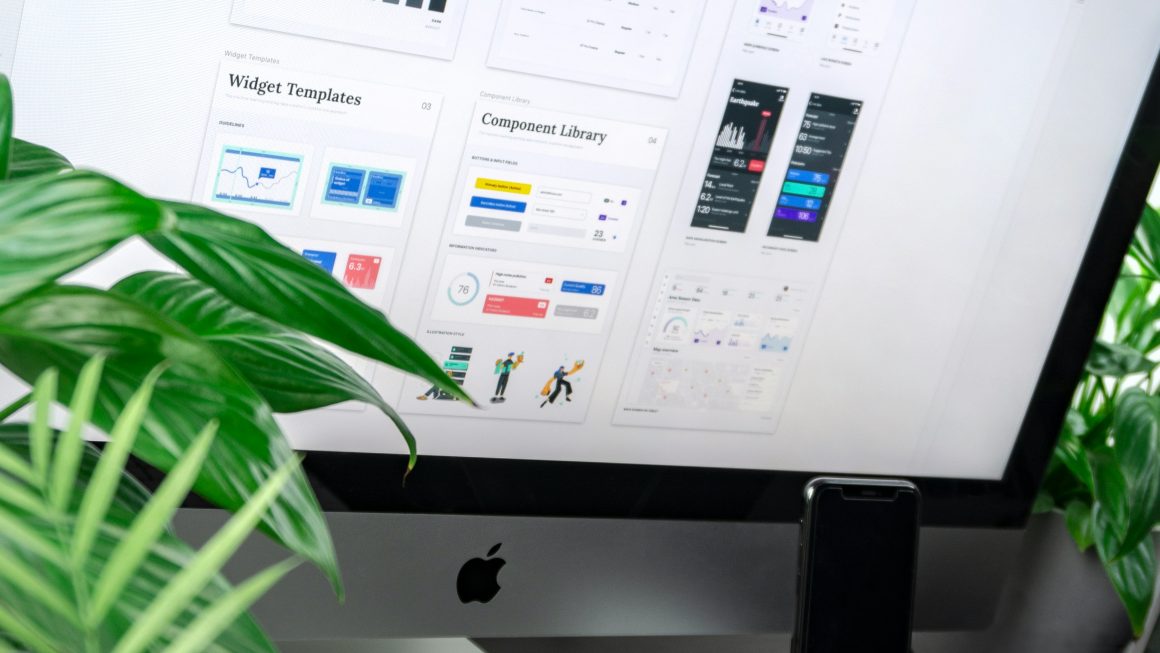Call Center Dashboards: Let me state out the obvious first.
If you want successful business, you need to provide an excellent degree of customer service.
Some CEO goes beyond to say that customer service is not just a department, but it should be an entire company. And I couldn’t agree more.
Call centers software are the customer touchpoint for many businesses. They are continually trying to improve their productivity, efficiency, and performance. If you want to achieve goals, you need to have a constant tab on your performance and analyze it.
Good news, call center dashboards can help you with that.
But what is a call center dashboard, and why do we need it? I’ll explain it.
What Is a Call Center Dashboard?
In this throat-cutting competition, companies are always looking for ways to increase their workflow efficiency.
Many companies like to take everything under control — from monitoring their employee’s workflow to generating reports and paying attention to the customer experience.
This is possible by using a call center dashboard. A call center dashboard is nothing but a reporting and analytical tool that displays a range of relevant cloud telephony software metrics and KPIs to enable managers and teams to monitor and analyze their performance.
It is intended towards simplifying analysis so that it reduces data consumption time.
The system’s main objective is to help you meet service level agreements, reduce handling time, and thus, increase customer satisfaction.
Why Does a Call Center Dashboard Have to Offer?
Call center dashboards are vital for successful customer service activities.
Here are a few benefits that a call center dashboard has to offer.
· Enhances Process Efficiency
The system collects a huge amount of contact data every hour. It then uses its analytical tools to provide detailed insights on different issues that the company needs to improvise.
For instance, if there has been constant call-cut in between, it will notify about the poor connection that needs a fix. Similarly, these insights are useful in enhancing service, streamlining entire processes, cutting costs, and, most importantly, motivating employees as it directly displays their effort.
· Spots Immediate Threats
A call center dashboard can provide real-time analytics. The advantage of it is that you can spot any potential issues and deal with it as it occurs. For starters, it ensures that a small problem doesn’t affect the entire on-going process.
And secondly, it doesn’t let a small issue spiral into one serious problem.
· Provides Easy-to-Digest Insights
All the data displayed in the dashboard are in a presentable form.
In other words, they are interactive and in a visual format that makes it easy to see, absorb, and analyze crucial information. Thus, it saves a lot of time.
Furthermore, the dashboard can be customized to tailor to your required metrics. Thus, it becomes more useful, and these data-driven insights can take your business to a high position.
· Brings Transparency Within The Organization
A call center dashboards are compatible with various devices. Thus, customer service agents and executives can view the system whenever they want. This information is available 24/7 to them, and hence, they can make quick and informed insights.
Plus, its user-friendly interface also improves communication and brings transparency as everyone can view and understand this data-driven dashboard. It helps build trust.
Monitoring Dashboard — Reading Different Metrics
Dashboards generate reports in an organized manner that are easy to read. As a manager, your role is to draw conclusions from it and accordingly strategize.
Now there are different types of call center dashboard. Each of them tracks KPI and metrics for the entire team in their own way.
i. Call Queue Dashboard
This Call Queue dashboard is about surveilling the accomplishment rates of your call center.
The quality of work can affect your company’s revenue. This dashboard enables you to keep a real-time track of active calls, the number of requests in the queue, SLA, and other essential metrics.
This information is very crucial as it allows you to control your response rate. By keeping a tab on the frequency of abandoned calls, you will know if you need to cut down on the customer’s response rate.
ii. Agent Activity Dashboard
This dashboard is quite useful in identifying the most productive agent at work.
Certain metrics are deployed to measure each agent’s efficiency, and these stats can be used to motivate the employees further.
iii. KPI Dashboard
To effectively manage a call center, you need to have the ability to react to any given situation quickly.
This is only possible if you have a adequate information about your company’s data at hand.
This call center KPI dashboard is designed to help you identify trends by studying data over a long period of time. It enables you to have a strategic view of your call center performance.
In layman’s terms, it allows you to study and monitor the effectiveness of your call center. You can use these insights to identify the strengths and weaknesses of your company and create new opportunities.
How to Analyze Data in Call Center
Having a call center dashboard is not enough. It offers a lot of information to take in.
You need to learn how you can use a dashboard in a way that would benefit your business. But how?
Here are few tips that might help.
1. Set up a Goal
The first thing you need to do while deciding to invest in a call center dashboard is to set up clear-cut goals.
You should be able to lay down your objectives in terms of call center analytics reporting. This is essential because it will help you decide what areas that you need to work on, which process needs more focus, and more.
To do that, form a collaborative environment and discuss how you would want to improve your customer service strategies. Remember, your ultimate goal is to improve the overall efficiency of the department.
2. Choosing the Right Metrics
Once if you have set up your goals, it will be easy to choose the metric that will help you gain insights you need to make your department more productive.
Some of the standard key metrics that every call center should include are:
Understand how these metrics work and how you can achieve them.
3. Support and Train Your Agents
The next thing on agenda is to make sure that all your staff members are motivated.
They are the backbone of your customer service department. If you find them disengaged and unproductive, you are in for trouble.
That’s why it’s crucial to analyze your KPIs related to support staff performance on a regular basis. It will give you insights into which agent is performing the best and who is constantly failing. You can reach out to them and discuss how they can improve their performance further.
4. Covering All Touchpoints
Today customers have multiple communications channels to reach out to the business. From emails to voice calls and social media, you need to make sure that you cover all possible touchpoints between you and your customers.
Final Thoughts
By using a call center dashboard, you can empower your customer service team.
By analyzing data, they will be able to contribute a lot more than expected. It will result in increased productivity.




